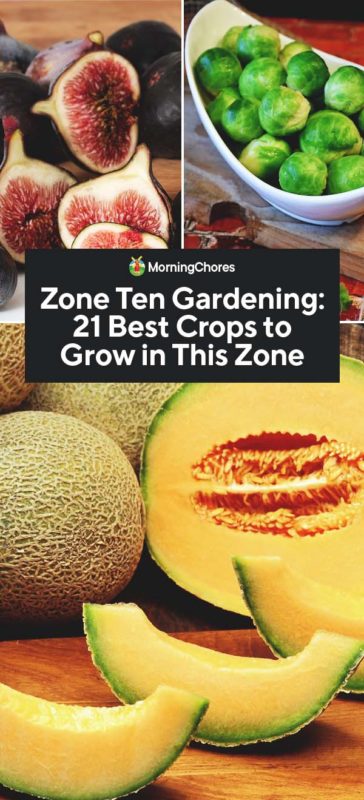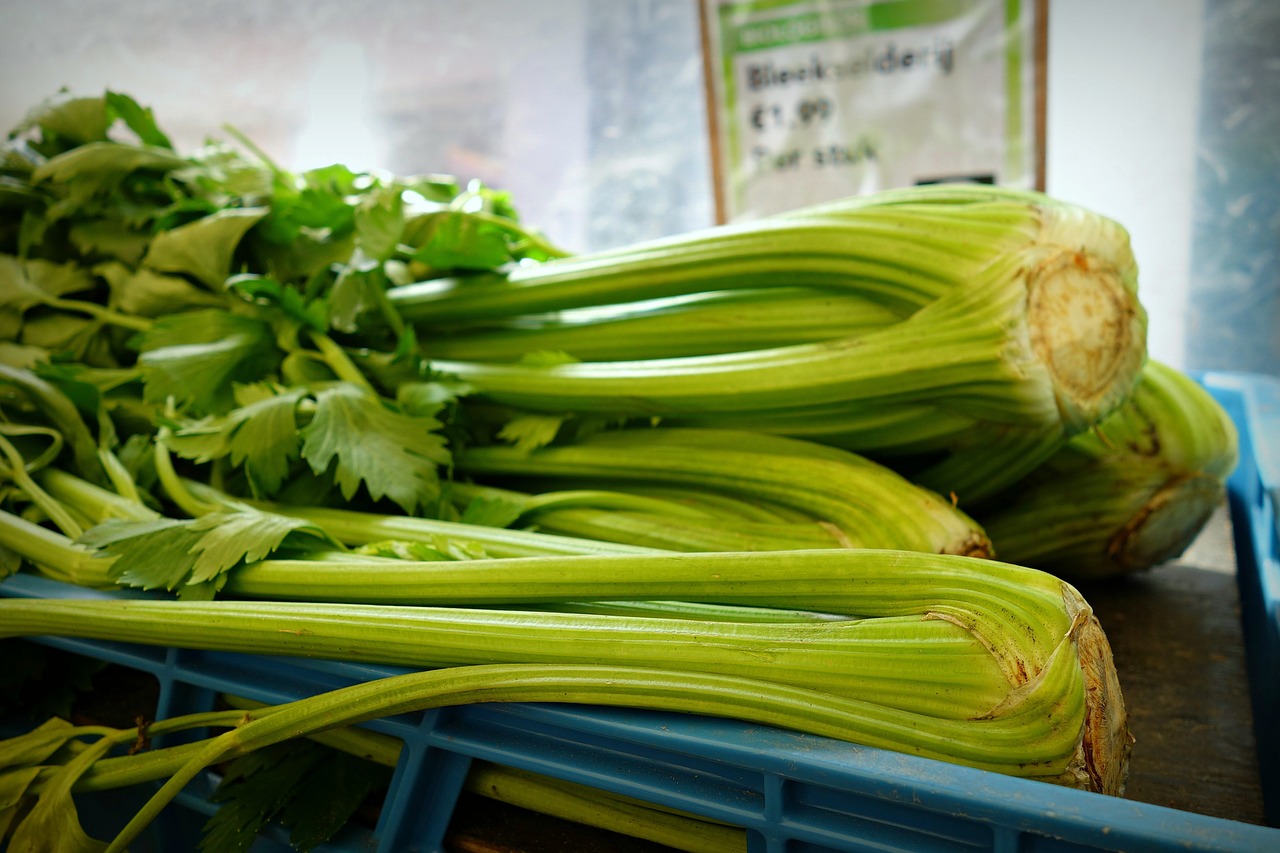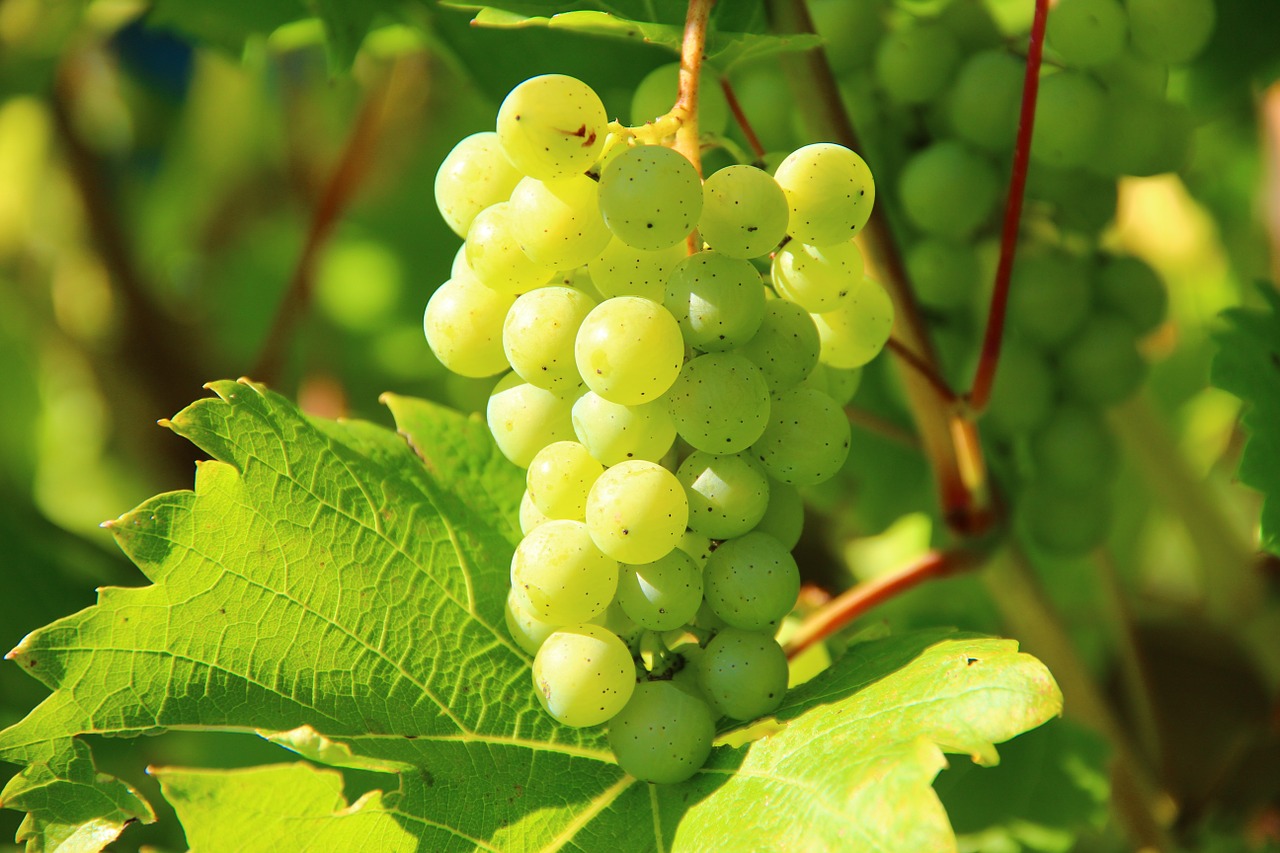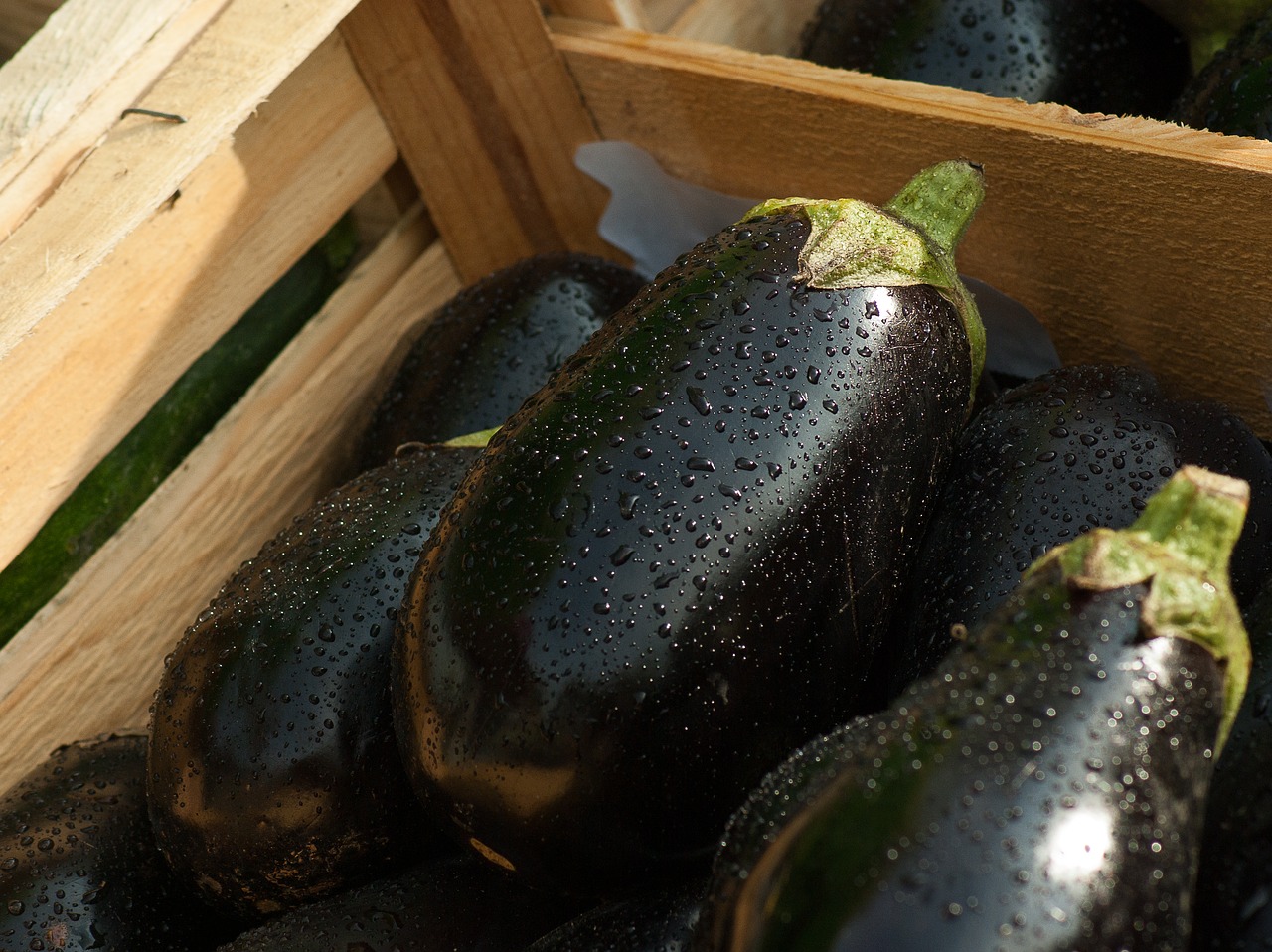What Is Zone 10 For Gardening
Do you live in the hot, hot, hot planting zone ten?
Many gardeners assume it's only difficult to garden in extremely cold planting zones, but when gardening in warmer zones, you can face your challenges too.
The upside to gardening in a warmer climate is you have longer growing seasons. I'm going to give you a few basic gardening skills for zone ten gardening.
Plus, I'm going to share which crops you should consider raising in this zone as well.
Here's what you should know when raising a garden in planting zone ten:

Zone Ten Gardening Tips
When growing a garden in zone ten, you've hit the jackpot. The temperatures are warmer, meaning you have long growing seasons and shorter periods where frost could occur.
The frost dates typically run from mid-December to mid-January. This equates to roughly a month you would have to be concerned with providing cover to your plants.
Otherwise, you should be able to grow them effortlessly outdoors, in a greenhouse, or using a cold frame even during winter.
This zone is great for year-round gardening, and you should also be able to plant multiple rounds of warm weather crops.
One of the most significant factors to consider when gardening in zone ten is how hot the summers can get. To avoid burning your warm weather crops to a crisp, make sure you plant them to where they can have adequate shade during the hottest part of the day in summer.
If you follow these basic tips along with a few gardening basics, you should find great success with your garden.
Crops to Raise in Planting Zone Ten
If you're planning your garden in zone ten, you may wonder when to plant your crops. I'm going to break down the crops which do best in this zone between perennials, cool weather crops, and warm weather crops.
Keep in mind, some of the crops can have an extended
Consider raising them in a container garden or raised garden beds, if you're short on space. With this in mind, let's discuss the crops you can grow.
Indoor Planting
Some gardeners enjoy having plants everywhere. If you're one who enjoys a nice houseplant, consider aloe vera.
It can be easily grown indoors and is functional as well. The aloe plant is excellent for helping soothe burns but can be used for much more. The plant does well in most indoor settings, and zone ten is no exception.
Cool Weather Crops

Most cool weather crops should be grown in the fall and winter months when growing in planting zone ten.
They should be easy to raise because they're heartier and stand up well to cooler temperatures. If you have crops in the ground when frost arises, cover the plants during the cooler nights and uncover when the threat of frost has passed.
Keep in mind, many root vegetables develop a sweeter flavor when frost hits. Cool temperatures could work in your favor with certain plants.
Most of the cool weather crops don't do well when being transplanted. Most should be able to be directly sown into your garden.
Here are the cool weather crops you should grow in planting zone ten:
- Celery
- Beets
- Broccoli
- Brussels sprouts
- Radishes
- Arugula
- Carrots
These vegetables don't handle high temperatures well. Make sure the weather has cooled off before planting these crops.
In some locations, they don't begin planting their fall garden until late September to mid-October. Keep an eye on your weather when planting in the later part of the year.
Also, when harvesting these crops, you can store them easily in a root cellar, preserve them, or leave them in the ground with a layer of mulch for insulation.
The longer the root vegetables are left in the ground (in some cases), the sweeter the flavor.
Perennials

I love growing perennials because you plant them once, and with proper care, they should be good to go for years to come.
There are a variety of perennials you can grow in planting zone ten. Be sure to consider where you're planting them before putting them in the ground because once they're in place, they won't move around as you can do with annuals.
Some of the perennials grown in planting zone ten are fruit trees. If you're producing a variety of fruits, consider where you could put a small orchard on your property.
If you choose only to grow one or two types of fruit, consider how they could enhance your landscaping. Edible landscaping is a functional and great way to add beauty to your property while supplying food.
Here are your options for perennials in planting zone ten:
- Blackberries
- Grapes
- Strawberries (certain varieties)
- Lemons
- Oranges
- Figs
- Pears
Warm Weather Crops

There are quite a few options for warm weather crops in planting zone ten. These plants will require proper watering to survive the higher heat which accompanies this zone.
The great news is you should be able to practice succession planting with many of the crops because you have such a long
If you enjoy fresh vegetables to accompany many of the perennial fruit options, consider raising these crops in your garden:
- Tomatoes
- Cucumbers
- Eggplant
- Watermelon
- Cantaloupe
- Sweet potatoes
- Beans
As mentioned previously, when growing crops in zone ten, you should consider the minimum temperatures.
You must also consider the higher temperatures. When growing a garden in the summer, you must provide adequate shade during the hottest parts of the day to avoid the plants being scorched.
Consider planting the vegetables near a tree which will cast shade during certain times of the day.
You could also plant crops together where taller crops could provide shade to shorter crops. If you're concerned you don't have enough shade in your yard to provide adequate protection, consider container gardening.
Smaller plant varieties are available. They could be grown in large pots which could be moved to a shaded spot during hotter periods of the day.
Growing a garden is a delightful experience which allows you to have fresh and healthy food at your back door.
Though it takes some planning as to how you'll give your crops the greatest chance at thriving, it's worth every bit of effort.
Hopefully, this list has encouraged you to grow your own fruits and vegetables. Plus,

Was this article helpful?
Yes No
What Is Zone 10 For Gardening
Source: https://morningchores.com/zone-ten-gardening/
Posted by: millardfornow38.blogspot.com

0 Response to "What Is Zone 10 For Gardening"
Post a Comment